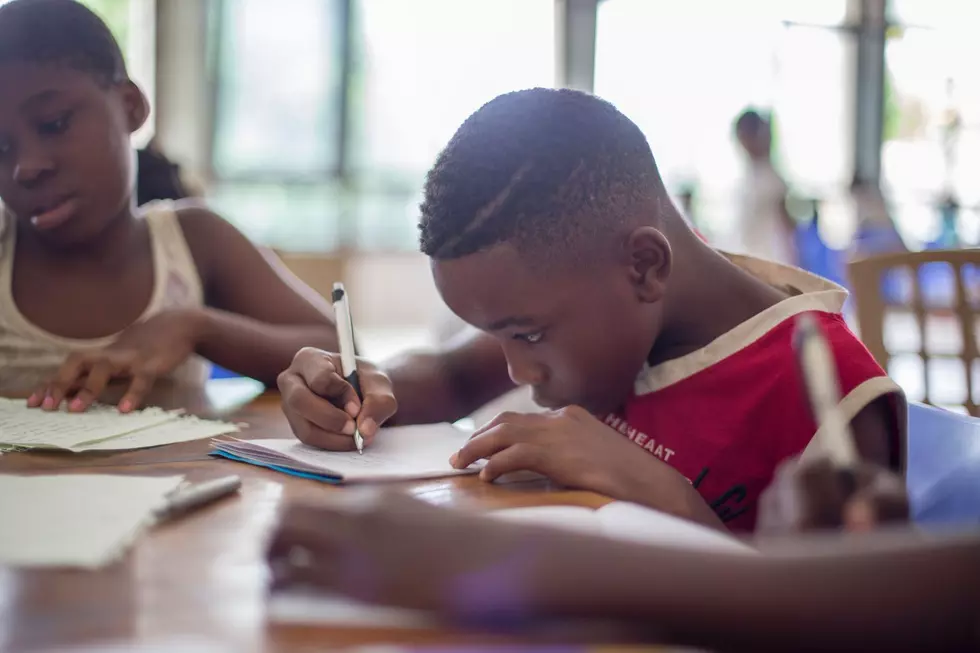
T.F. School District Presents Levy Proposal at Public Meeting
TWIN FALLS, Idaho (KLIX) – Just a few residents came out to Pillar Falls Elementary School on Tuesday night to hear a presentation about a proposed school levy by the Twin Falls School District.
The meeting allowed residents ask questions and voice concerns about the proposal.
The $8.5 million supplemental levy will help with the district’s operation costs over the next two years. If passed by voters in March, it will replace an existing supplemental levy that expires on June 30. The new proposal is $500,000 less than the current $9 million supplemental levy passed by voters in 2015.
Since January, the district has presented the proposal to a number of community groups.
“We have to get our oars in the water early,” said Superintendent Wiley Dobbs, who led the discussion and presented a slideshow of district numbers.
In December the district’s Budget Advisory Committee suggested to the Board of Directors that it pursue the levy, determining that maintaining the existing levy rate would not put an additional burden on taxpayers and allow the district to continue offering the same services.
Dobbs said there are a couple of reasons the proposal has been reduced from the 2015 levy:
“We wanted to make sure the community knew we appreciated them,” he said, noting that voters also passed two-year levies in 2011 and 2013. Also, as the district receives more money from the state, the board backs off on what it asks of voters. “The state is moving more funding this way.”
The district currently receives about $40 million in state education funding.
Twin Falls is not unique in asking the community for help. Of 115 school districts in Idaho, 93 of them rely on supplemental levies, Dobbs said.
If voters do not pass the levy on March 14, the district will be faced with some tough decisions: eliminate staff positions, increase classroom size, doing away with electives and activities, and not being able to purchase new material or training are some of the decisions the district may be confronted with, he said.
Something else to think about, Dobbs said: as Twin Falls’ economic base continues to grow, the tax burden will lessen for residents because more people will be sharing the load.
Twin Falls resident Carlos Ramos, who was at the Tuesday meeting with his young children, said he understands that line of thinking, but it doesn’t stop him from worrying about the future, especially if the district continues to ask the community for help.
Ramos said he believes the levy is a positive thing in making sure the schools are maintained properly with enough teachers and materials. But he expressed concerns about the student-to-teacher ratio in the schools, especially as Twin Falls continues to grow. How will the levy help that situation? he said.
On average, said one district employee at the meeting, there’s between 19 and 22 students per class.
Ramos said he likely will be voting yes for the levy in March, but he’s not sure how he’d vote on future proposals.
“I’ll have to wait and see,” he said.
Dobbs said the purpose of the levy meetings has been to inform the public of the proposal and explain the challenges facing the district.
“How you vote is your choice,” he said. “We’re just trying to get people out to vote.”
More From 98.3 The Snake









